Cultural competency and working in local communities
Sub-Topic 3
Skills
Below are the skills in this Sub-Topic:
- I am able to understand and appreciate the importance of different cultures or belief systems and the impact this may have on a service user’s care and supporting planning process.
Overview
Cultural competence is defined as the ability to understand, appreciate and interact with people from cultures or belief systems different from your own. In this section we talk abut the impact of understanding cultural needs in terms of service users and patients.
In health and social care it is important to understand how culture and health impact each other and understand how the way health and social care services are provided may be impacted by cultural needs. The uptake of health and social care services is one aspect in reducing health inequalities.
When communicating with patients and service users it is important to consider barriers to communication which may involve language, accent, cultural assumptions or preconceptions, which can impact on how well you build rapport and trust with your clientele. Ask questions about their preferences, and if you are unsure clarify your understanding (in other words do not make assumptions), be curious about what is important to the service user/patient and/or their family or carers (active listening).
Considering what culturally appropriate care may be required to meet the needs of a service user’s cultural identity or heritage will impact on whether or not they trust the service being offered and whether they attend. Working in partnership with the service user/patient to co-produce a support/care plan, making reasonable adjustments and providing support to help them understand and make informed decisions about their care and treatment may help reduce barriers. Empowering the person to make decisions for themselves and identifying their needs will be equally important.
An individual’s cultural needs should be part of the care planning and review process. Cultural need is also not limited to ethnicity or religion. You should also consider age, sex, sexual orientation, gender identity, disability, neurodiversity, family history/background and employment history. This may also change overtime as people with dementia may identify more strongly with their cultural needs in their earlier years but less as they get older.
Protecting service users and patients from discrimination and ensuring that a service takes account of cultural, ethical and religious needs when planning service delivery need to be considered. The type of food which may be made available, the type of medication which is provided or complementary therapies which are available or recognised to aid recovery, how premises are decorated and what facilities they may have, will all impact on the service users interactions. Ensuring that service users/patients are able to maintain their dignity and respect, through the clothes they wish to wear.
Why is this importantWhy is this important
Public sector organisations have a duty under the Equality Act 2010 to eliminate unlawful discrimination, harassment and victimisation; advance equality of opportunity and foster good relations between people who share a protected characteristic and those who do not.
Cultural awareness however, is also about being aware of your own culture, understanding any unconscious bias, the assumptions you make, stereotypes and their impact. Unconscious bias can lead to unintentional preferences which are often formed due to your own experiences including exposure to social media. We unconsciously assign positive and negative values to what we see and hear. Future decisions can often be made based on previous experiences and knowledge.
Each organisation will provide you with the necessary training to ensure that you are aware of the expectations of yourself and others when working with communities and service users/patients. This may be different to the training you receive on equality and diversity and inclusion.
Skills ReviewSkills Review
Having completed this sub-topic I will understand the importance of these skills.
- I am able to understand and appreciate the importance of different cultures or belief systems and the impact this may have on a service user’s care and supporting planning process.
